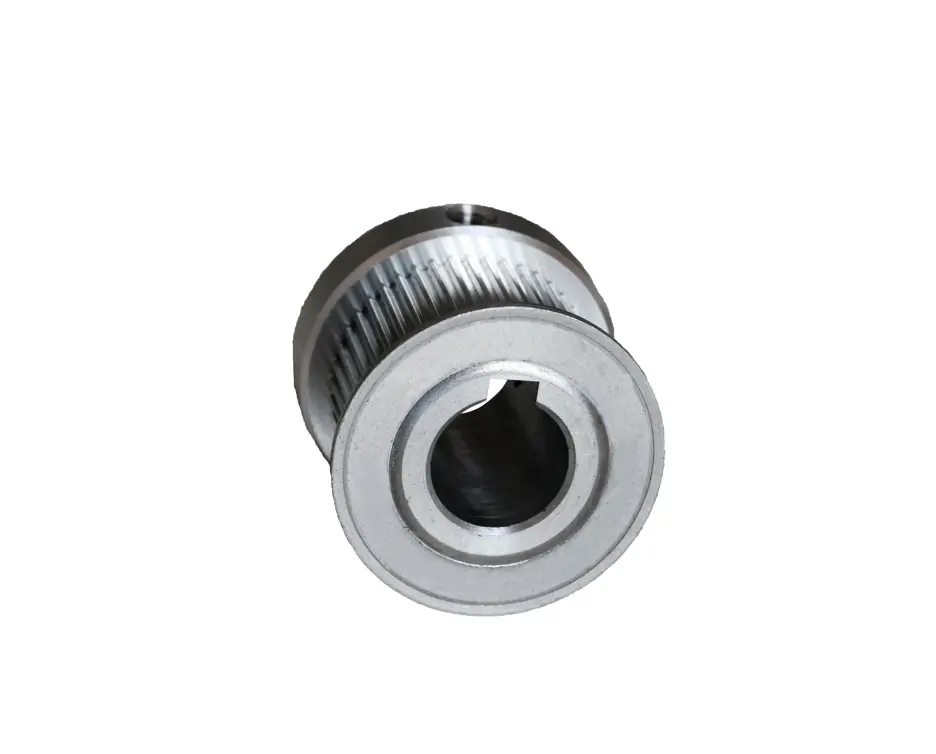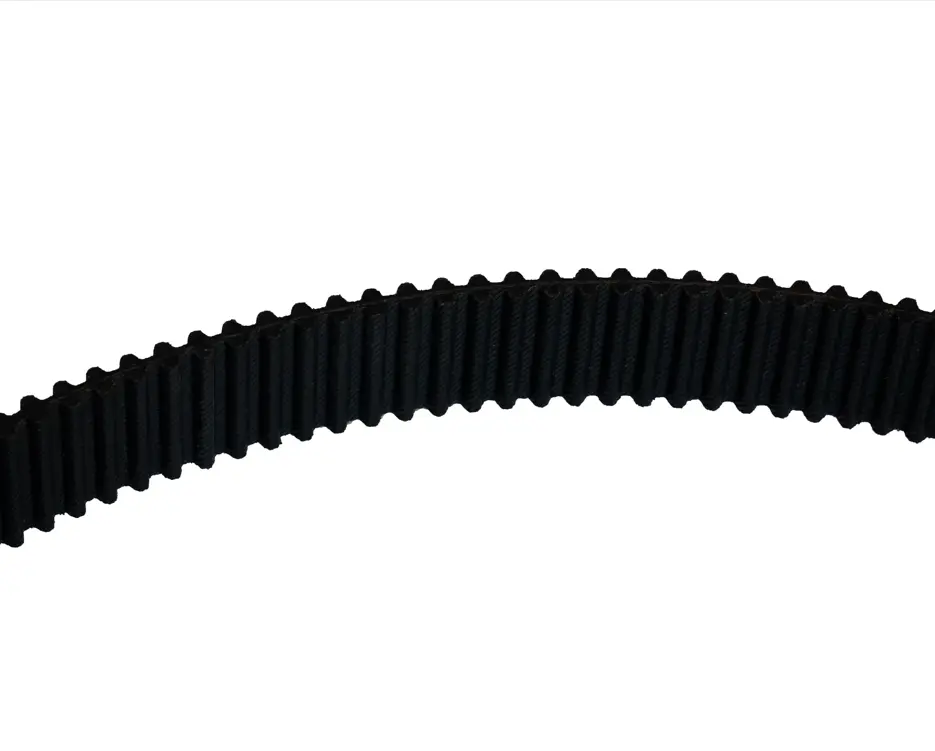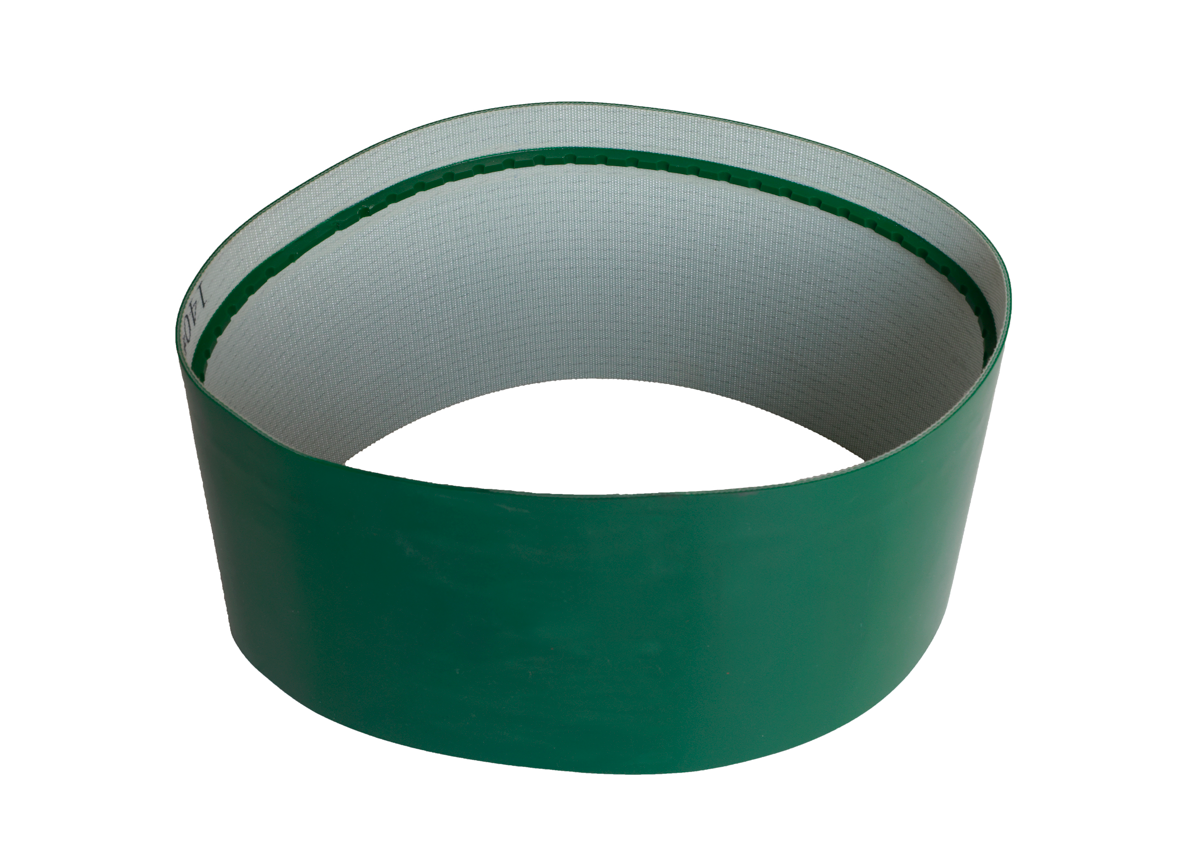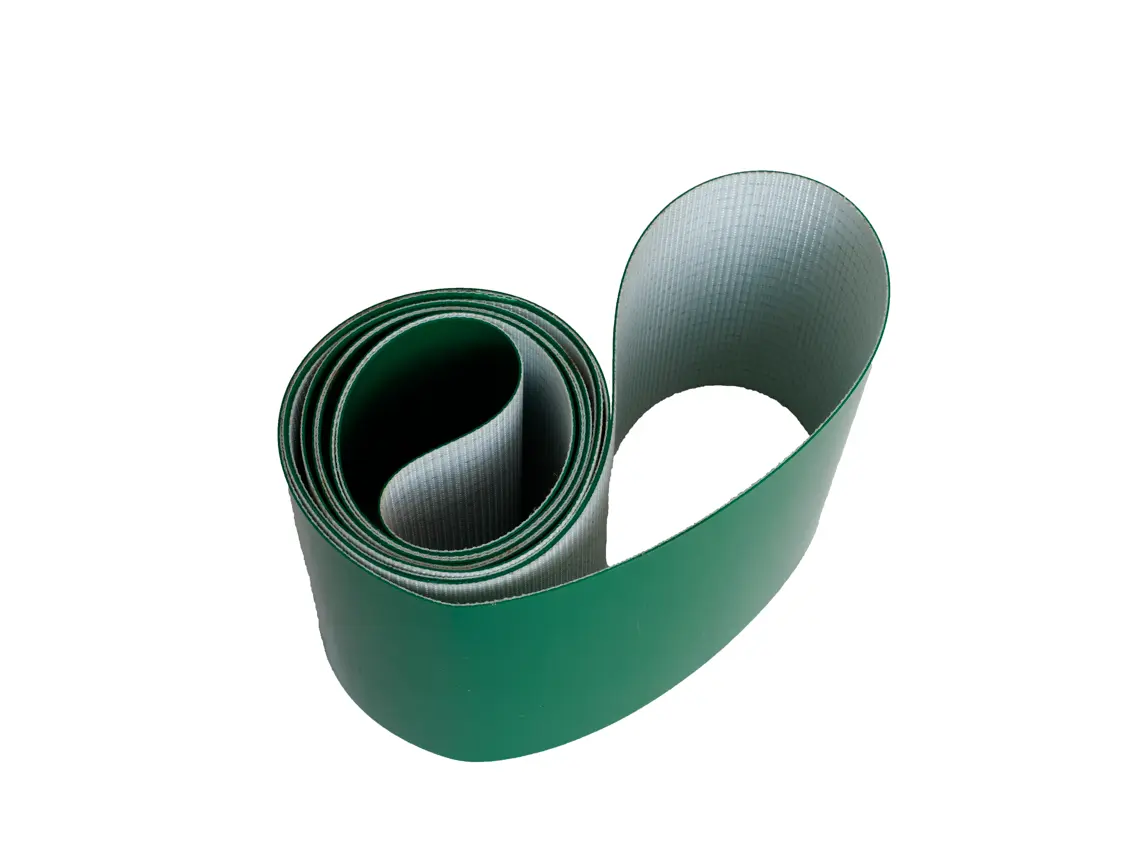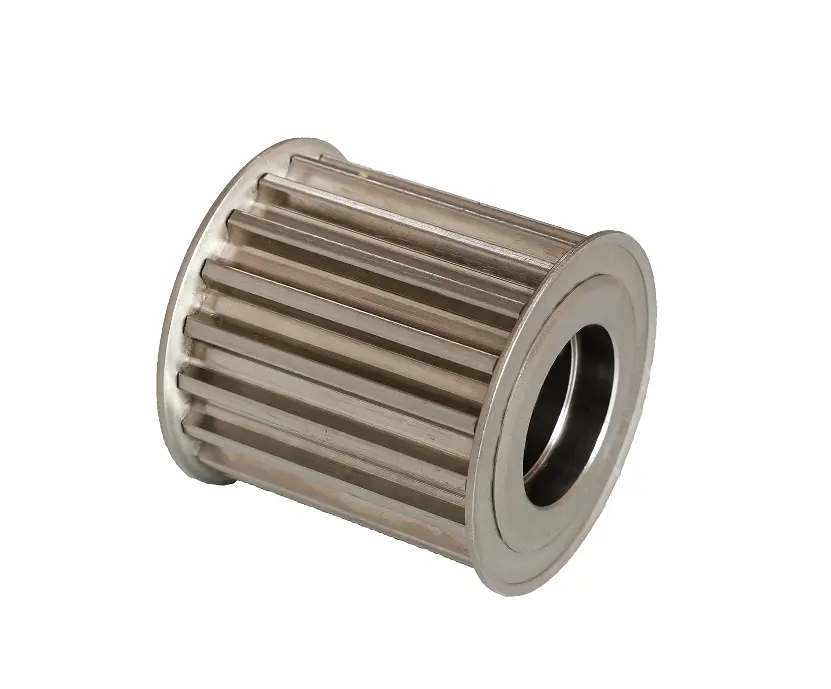How High Torque Timing Pulleys Enhance Performance and Cut Costs?
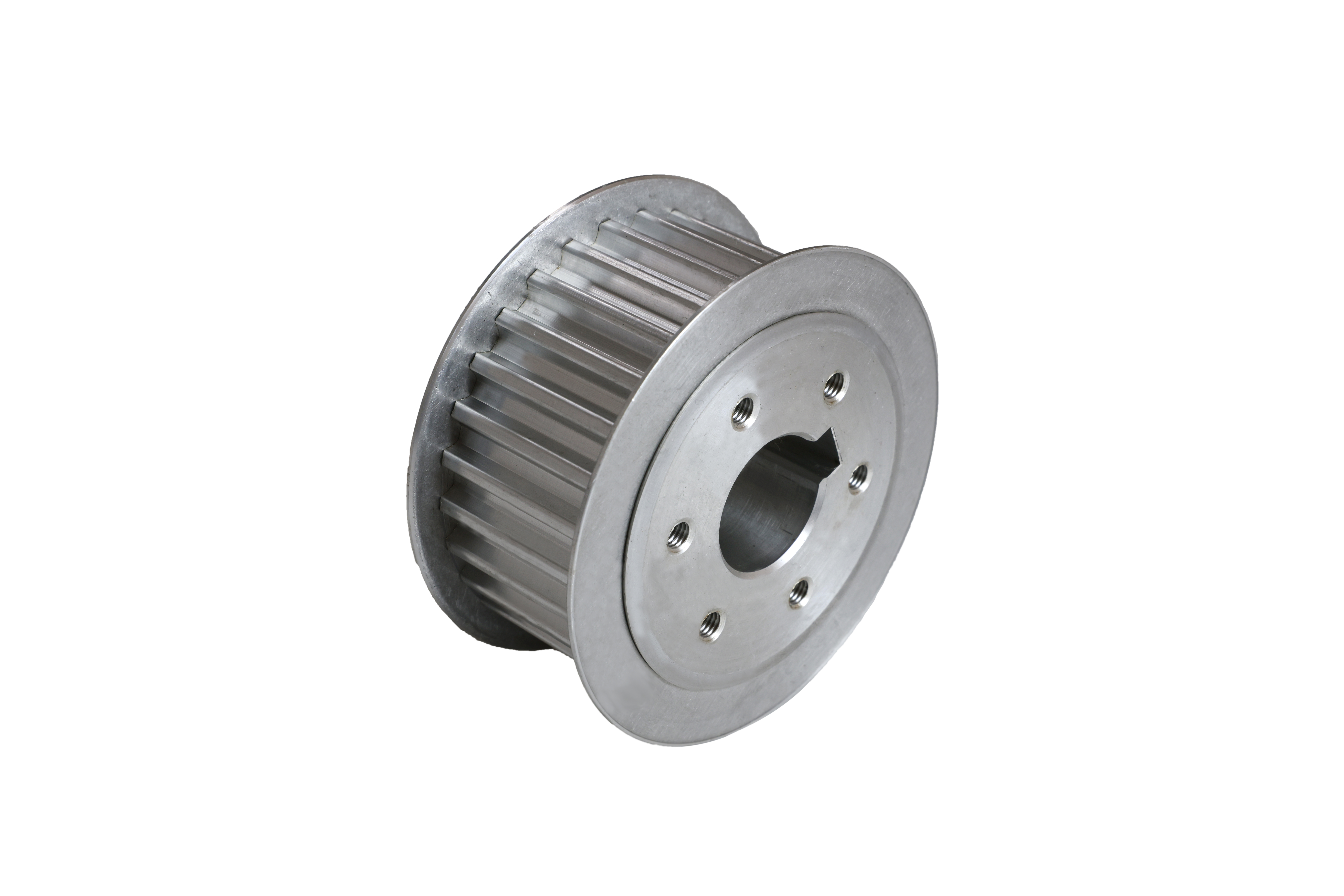
High-torque Timing Pulleys play a crucial role in improving efficiency withinpackingautomation systems that utilize Timing Belts. These innovative components help reduce energy consumption significantly, leading to lower operational costs. By integrating high-torque timing pulleys and timing belts, manufacturers can enhance both performance and reliability, ensuring smoother operations in their packing processes.
Key Takeaways
- High-torque timing pulleys improve efficiency in packaging automation by reducing energy consumption, leading to lower operational costs.
- These pulleys feature durable materials and precision designs that enhance performance, reliability, and load handling in various applications.
- Regular maintenance, including inspections and lubrication, is crucial for maximizing the lifespan and efficiency of high-torque timing pulleys.
Mechanics of Timing Pulleys

Understanding the mechanics of timing pulleys is essential for grasping how they enhance performance in automation systems. These components are designed with specific features that contribute to their efficiency and reliability. Additionally, the principles of power transmission they employ play a crucial role in their functionality.
Design Features
High-torque timing pulleys boast several design features that set them apart from traditionaL Pulleys. Here’s a closer look at some of these features:
| Feature | Description | Benefit |
|---|---|---|
| Material Quality | High-strength materials like aluminum or reinforced plastics | Durability and longevity in harsh environments |
| Bore Size Options | Various bore sizes available for compatibility | Ease of installation with different shaft sizes |
| Tooth Design | Precision-engineered tooth profiles | Improved grip and reduced slippage |
| Synchronous Operation | Designed for Synchronous Belt Drives | Enhanced performance and timing accuracy |
| Heat Resistance | Able to withstand high temperatures | Prevention of deformation and failure under heat stress |
These features ensure that timing pulleys can handle demanding applications. For example, pulleys made from tough composites can maintain their integrity even at temperatures exceeding 120°C. This durability prevents deformation and ensures reliable operation in various environments.
Power Transmission Principles
The efficiency of timing pulleys also stems from their power transmission principles. Here are some key mechanical principles that enable them to transmit power effectively:
| Principle | Explanation |
|---|---|
| Positive engagement | The teeth on the pulley mesh with the timing belt, ensuring synchronized motion and preventing slippage. |
| Synchronized movement | The design of tooth profiles allows for precise timing, essential in applications like engines. |
| Load distribution | The teeth distribute the load evenly, reducing wear and enhancing durability of the system. |
These principles allow timing pulleys to operate smoothly and efficiently. The positive engagement of the teeth ensures that the system runs without slippage, which is vital for maintaining accuracy in automated processes.
Energy Efficiency Advantages
High-torque timing pulleys offer significant energy efficiency advantages that can greatly benefit packaging automation systems. By reducing friction losses and improving load handling, these pulleys help manufacturers save energy and cut costs.
Reduced Friction Losses
One of the standout features of high-torque timing pulleys is their ability to minimize friction losses. This reduction plays a crucial role in enhancing overall system efficiency. Here are some key points to consider:
- Energy savings percentages attributed to reduced friction in timing pulley systems typically range from 2-4% in overall fuel consumption reduction.
- Friction losses at pulley-belt interfaces can lead to an estimated 5-8% power loss during normal operation.
By decreasing friction, these pulleys allow for smoother operation, which translates to less energy wasted. This efficiency not only lowers operational costs but also contributes to a more sustainable manufacturing process.
Improved Load Handling
High-torque timing pulleys excel in load handling, making them ideal for packaging automation environments. Their design ensures precise and reliable power transmission, which is essential for maintaining synchronization and efficiency in automated systems. Here’s how they achieve this:
- Precision engineering guarantees smooth operation with minimal vibration and noise.
- Durable materials withstand high torque and repetitive stress.
- The toothed design ensures slip-free power transmission, enhancing overall efficiency.
These features allow high-torque timing pulleys to handle loads effectively, ensuring that products move smoothly through the packaging process. The improved load capacity means that manufacturers can rely on these systems for various applications, from robotics to automated packaging lines.
| Feature | Description |
|---|---|
| Load Capacity | Improved design offers superior load capacity, transmitting higher torque load per centimeter width of the belt. |
| Applications | Used in robotics, automated systems, power tools, and packaging among others. |
| Material | Molded glass-reinforced nylon with metal hubs for high strength-to-weight ratio. |
Applications in Packaging Automation

High-torque timing pulleys find extensive use in packaging automation, particularly in conveyor systems and robotic packaging solutions. Their design and efficiency make them ideal for various tasks, enhancing productivity and reliability in these applications.
Conveyor Systems
In conveyor systems, high-torque timing pulleys significantly improve performance. They allow for narrower drives, which means manufacturers can save space while maintaining efficiency. Here’s a quick look at some performance improvements:
| Performance Improvement | Description |
|---|---|
| Efficiency | High-torque timing pulleys enhance the overall efficiency of conveyor systems by allowing for narrower drives and a broader range of applications. |
| Precision | The use of advanced materials in high-torque pulleys leads to improved precision in operation, reducing errors in material handling. |
| Reliability | These pulleys eliminate the need for lubrication and maintenance, which increases reliability and reduces downtime in industrial applications. |
| Lower Total Cost | End-users experience a lower total cost of ownership due to the high performance and reduced maintenance needs of these systems. |
| Design Flexibility | Machine builders benefit from design flexibility, enabling them to fit belt drives into smaller spaces or utilize more torque. |
These enhancements make conveyor systems more efficient and cost-effective, allowing for smoother operations in packaging lines.
Robotic Packaging Solutions
High-torque timing pulleys also play a vital role in robotic packaging solutions. They are essential for tasks such as sealing, cutting, and labeling, which are crucial for achieving precise and consistent product packaging. The integration of these pulleys ensures that robotic systems operate smoothly, maintaining synchronization and accuracy. This reliability is key in fast-paced environments where precision is paramount.
By utilizing high-torque timing pulleys, manufacturers can optimize their packaging processes, leading to improved productivity and reduced operational costs.
Implementation Strategies
Implementing high-torque timing pulleys effectively can maximize their benefits in automation systems. Proper integration and component selection are crucial for achieving optimal performance and efficiency. Here are some strategies to consider.
System Integration Tips
When integrating high-torque timing pulleys into your automation systems, keep these tips in mind:
- Understand Your Application: High-torque timing pulleys are versatile. They work well in manufacturing, HVAC, and renewable energy sectors. For instance, they provide precision motion control in conveyors and CNC machines.
- Assess Compatibility: Ensure that the pulleys you choose fit seamlessly with existing components. This compatibility helps maintain efficiency and reduces the risk of slippage.
- Plan for Maintenance: While these pulleys require less maintenance than traditional systems, regular checks can prevent unexpected downtime.
Remember, a well-integrated system not only enhances performance but also contributes to energy efficiency.
Selecting the Right Components
Choosing the right timing pulleys is essential for specific packaging automation applications. Consider the following criteria:
| Profile | Pitch (mm/inch) | Best For |
|---|---|---|
| MXL | 0.080″ (2.032mm) | Light-duty (3D printers, small robotics) |
| XL | 0.200″ (5.08mm) | Conveyors, packaging machines |
| L | 0.375″ (9.525mm) | Industrial automation, CNC routers |
| HTD | 3mm, 5mm, 8mm | High-torque (Industrial robots, heavy machinery) |
| GT2/GT3 | 2mm, 3mm | Precision (3D printers, linear motion systems) |
When selecting pulleys, ensure the bore size matches the shaft diameter. Also, consider environmental factors, such as temperature and potential exposure to contaminants. This attention to detail can significantly enhance the longevity and performance of your systems.
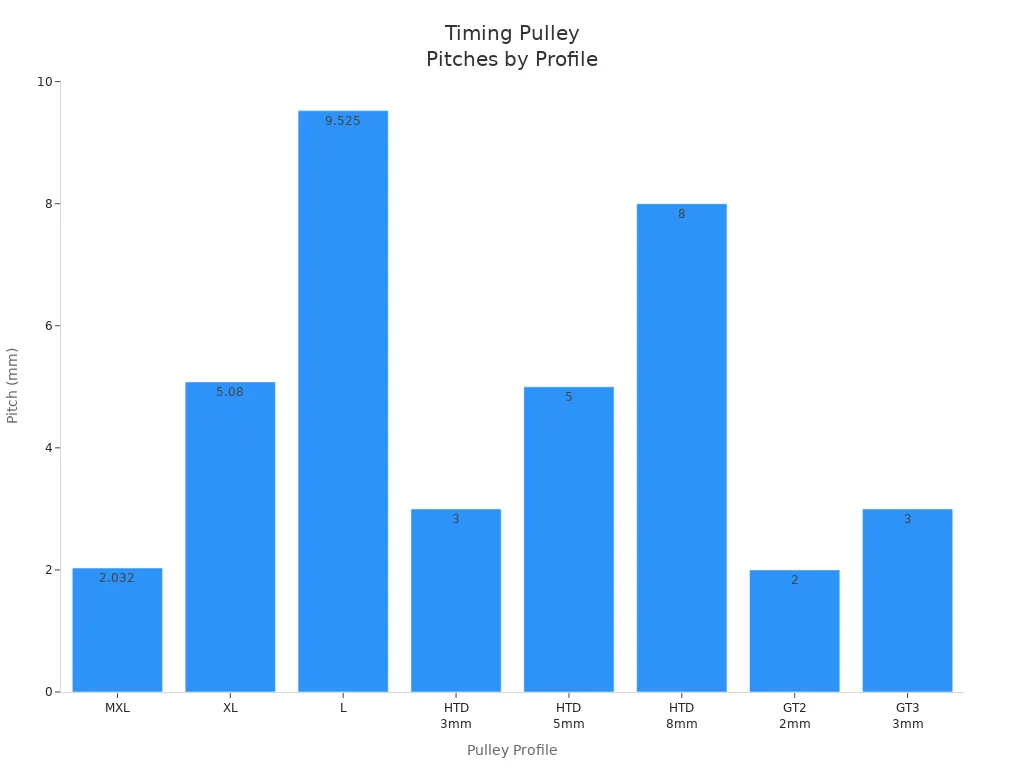
By following these implementation strategies, manufacturers can optimize their use of high-torque timing pulleys, leading to improved efficiency and reduced costs in packaging automation.
Maintenance Tips for Timing Pulleys
Maintaining high-torque timing pulleys is essential for ensuring their longevity and optimal performance. Regular inspections and proper lubrication can prevent costly downtime and enhance efficiency. Here are some key practices to keep in mind.
Regular Inspection Practices
Regular inspections help identify potential issues before they escalate. Here are some recommended practices:
- Check pulleys for signs of wear or damage.
- Inspect for misalignment and vibrations to prevent premature failure.
- Lubricate bearings approximately every 1,000 hours of use, following the manufacturer’s schedule.
- Ensure proper belt tension to avoid slippage and maintain efficiency.
By following these steps, manufacturers can catch problems early and keep their systems running smoothly.
Lubrication and Care
Proper lubrication is vital for extending the lifespan of timing pulleys. Here’s why it matters:
- Reducing Friction: Lubrication minimizes resistance between moving parts, enhancing operational efficiency and reducing wear.
- Preventing Wear: It forms a protective layer that mitigates abrasive effects, preserving the pulley’s structural integrity.
- Temperature Regulation: Lubrication helps dissipate heat, crucial for maintaining performance in high-speed applications.
- Noise Reduction: It minimizes operational noise, important for comfort and regulatory compliance.
- Preventing Corrosion: Lubrication acts as a barrier against moisture and corrosive agents, protecting the pulley from rust.
- Maintaining Precision Timing: Proper lubrication ensures seamless engagement of components, crucial for synchronization in machinery.
A structured maintenance schedule helps assess lubrication levels and detect early signs of wear. By prioritizing these maintenance practices, manufacturers can enhance the reliability and efficiency of their timing pulley systems.
| Failure Mode | Causes | Mitigation Strategies |
|---|---|---|
| Tooth Wear | Abrasive environment, misalignment, excessive loading, improper tension | Ensure proper alignment, use suitable materials, maintain appropriate tension levels |
| Flange Failure | Angular or parallel pulley misalignment | Ensure proper alignment |
By implementing these maintenance tips, manufacturers can significantly reduce the risk of failure and ensure their systems operate at peak performance.
Comparison with Other Systems
When comparing high-torque timing pulleys to chain drives, several key factors come into play. Each system has its strengths and weaknesses, especially regarding energy efficiency and maintenance needs.
Timing Pulleys vs. Chain Drives
Here’s a quick look at how these two systems stack up against each other:
| Feature | Timing Pulleys (Belt Drives) | Chain Drives |
|---|---|---|
| Energy Efficiency | Generally less efficient | Higher efficiency |
| Maintenance Requirements | Minimal, no lubrication needed | More maintenance, requires lubrication |
| Noise Level | Quieter | Noisy |
| Durability | Less durable over time | More durable |
Timing pulleys tend to be quieter and require less maintenance since they don’t need lubrication. However, they may not last as long as chain drives, which are known for their durability.
Cost-Benefit Analysis
Now, let’s talk about costs. While high-torque timing pulleys might have a lower initial cost, their efficiency can lead to savings over time. Manufacturers often find that reduced energy consumption and minimal maintenance translate into lower operational costs.
On the other hand, chain drives might require more upfront investment due to their robust construction. Yet, their longevity and efficiency can justify the higher price tag in the long run.
High-torque timing pulleys are vital for boosting performance in packaging automation. They maintain precise synchronization in machinery, ensuring accurate placement and error-free packaging. Their energy efficiency leads to significant cost savings, as energy costs can account for up to 20% of total operational expenses. Investing in these systems not only enhances productivity but also allows for reinvestment in other business areas, yielding long-term benefits for manufacturers.
FAQ
What are high-torque timing pulleys?
High-torque timing pulleys are specialized components designed to transmit power efficiently in automation systems, enhancing performance and reducing energy costs.
How do high-torque timing pulleys save energy?
These pulleys minimize friction losses and improve load handling, leading to smoother operations and significant energy savings in packaging automation.
What maintenance do high-torque timing pulleys require?
Regular inspections and proper lubrication are essential. This practice helps prevent wear and ensures optimal performance over time.




